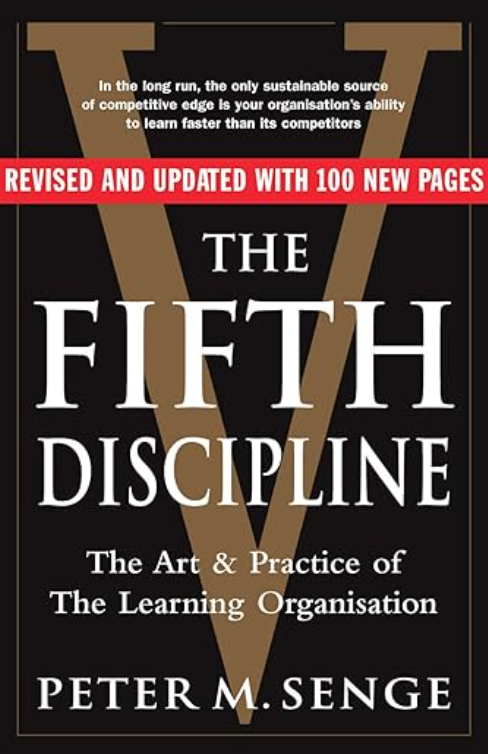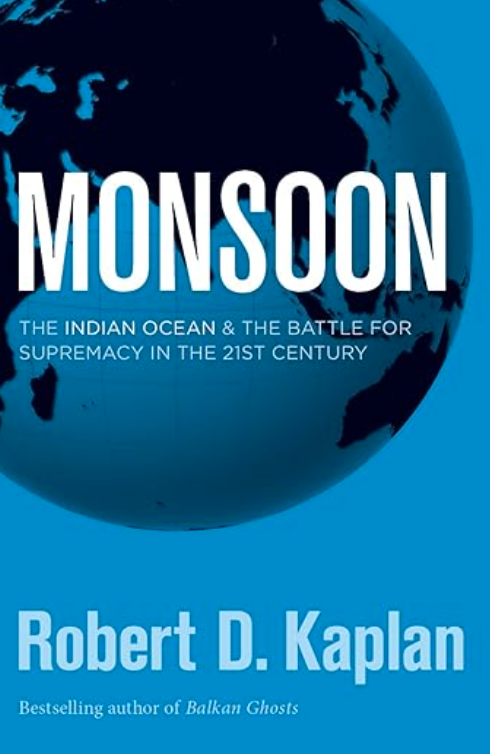
This book makes an important contribution to strategic thinking because it is based on input from successful executives who were prompted to reflect on how they formulated and even more importantly, implemented strategy. As always, we are keen to ensure that we highlight the key takeaways from our reading of the material to save the reader time and allow for maximum application in the shortest possible time. Of course, we recommend that participants take the time to read the full text to round out their knowledge.
Sloan describes 5 attributes that contribute to successful strategy making:
1. Having an Imagination;
2. A broad perspective;
3. The ability to juggle competing demands;
4. The ability to deal with things you cannot control; and
5. An adamant desire to win.
Thinking strategically assists the executive to add value to their team and align the activities of the team to important organisational goals. Discerning the right pathway forward and assisting each member of the team to understand how their contributions relate to team, group and corporate goals is an important part of the executive leader's role.
Having an imagination relates to developing a picture of what success looks like, selecting proximal goals that motivate and reward people for meaningful contributions and allowing for maximum autonomy within each role. Through dialogue and discussion with reports, peers, and leaders, the strategist is able to develop a clear picture of desired goals and is able to generate enthusiasm - the opposite of the dreaded micro-management approach.
Developing a broad perspective invites more creativity in the strategy-making process. When working with executives, I am always curious when, inevitably, a personnel challenge reveals itself and conflict is on foot. Is the person we are in conflict with considered difficult? Is there a clash of ideas, of personality, or an argument? Developing a broad perspective and being open to new ideas is a habit that can help executives to reframe these difficult moments and listen out for the new idea, innovation, or unpopular truth.
The need to juggle competing demands is entirely normal. Traditional management training usually emphasises prioritisation of tasks and learning to distinguish between urgent and important tasks. Of course, this is a good starting point for managers who are tasked with implementing plans, but this level of thinking sits within an already established framework. Developing a culture of effective strategic thinking may assist, even within a defined framework, where group members are encouraged to think about how they are approaching their work. We psychologists call this "meta-cognition", or in other words, thinking about how we think!
Making decisions based on incomplete information can be risky business, but not making a decision can be lethal to a business. Sloan reports the fascinating result from her interviews that the successful strategists who indicated that it was "critical to pay attention to what they could not control, in order to make a winning strategy".
The successful executives were open about the role of risk and fear as motivators for effective strategy making, and providing the emotional motivator for learning to make strategy. The maxim necessity as the mother of all invention comes to mind. Sloane comments that the emotional components of fear and reward helped to stoke the successful strategist's desire to win, which suggests that those who seek out challenging strategy roles probably are competitive by nature.
Link to Amazon - Learning To Think Strategically Julia Sloan
Executive presence
One of the key reasons that emerging leaders and executives seek to improve their strategic thinking and behaviour is to enhance their executive presence. The executive presence domain, is Domain 3 of the Aspire 4 Domain Model of Coaching and describes the social context and public displays that logically flow from preparation within the Wellbeing and Self-management domains.
In other words, good leadership behaviours that are visible to others stem directly from a great deal of hard work, self reflection and disciplined thought in the first 2 domains.
Link to coaching practice
Coaching sessions with executives often involves the development of detailed strategies regarding a particular challenge, upcoming meeting, or management of emerging risk. Urgent and important daily issues are part-and-parcel of an executive's workload, as is paying attention to self-management, own health and balancing work and life priorities. Winning time to think strategically demands that when that opportunity arises, the executive has an identifiable process to rely upon to ensure that precious strategic thinking time is used effectively.
Link to the General Manager (GM) 6 Principles of Effective Management
The General Manager 6 Principles of Effective Management (otherwise known as the "GM6") serves as an aide memoir for anyone who has staff or direct reports. In my experience, teaching managers to anchor their behaviour in the principles of organisational fairness and communicating with staff in a helpful and business-like manner wins more time for strategic thinking.

I recommend this book for anyone who leads a team and wants to develop the capability of their team to think for themselves, learn quickly and improve productivity.
The practical application of Senge's work is to develop a clear mental picture of how individuals and groups can improve their adaptability and learning capacity. Embedding this thinking in day-to-day operations also improves group processes and helps individual team members to think and communicate strategically.
Senge describes 5 distinct learning disciplines that build on one another that culminate in the ability to see the organisation as a whole system, rather than narrow focus on one job or one area of the business. Why is this important? It is important because a great deal of inefficiency, conflict and job dissatisfaction is driven by mis-alignment of teams and problematic relationships between job functions. Building the ability of all team members to see the organisation as a whole encourages teamwork, facilitates communication and creates healthier relationships.
Link to Amazon_The Fifth Discipline by Peter Senge
The 5 learning disciplines are:
1. Systems thinking;
2. Personal mastery;
3. Mental models;
4. Building shared vision; and
5. Team learning.
Link to the 4 Domain Model
Senge's work assists and links to the Aspire 4 Domain Model - specifically Domain 2# Self-management. Click here to navigate to Domain 2# (Self-management).
Reading The Fifth Discipline provides a way to put your strategic thinking to work in developing practical, shared language between team members and a replicable development approach for individuals and how teams work together.

This is a particularly readable account of European migration and influence that prompts the development of a broader perspective to the development of strategic thinking. It has been said that an educated person knows everything about something, and something about everything. I think this very much applies to the development of executive thinking, and by extension the development of the well-rounded executive.
We are now almost a quarter through the 'Asian Century' and the well-rounded executive will benefit from a working knowledge of dynamics in this region. It gives the interested reader an introduction and awareness of the geostrategic importance of the Mallaca Straight and South China Sea, and why Burma and Oman matter. Kaplan also introduces the issues that make Indonesia such a vital player to our north and how this relates to contemporary challenges posed by an assertive China.
Kaplan writes beautifully and follows the path of the early Portuguese explorer, Vasco de Gama, to highlight the importance of key regions, trading routes and port cities on his journey to India. Ultimately, that the trade winds and sailing ships of the day resulted in Europeans colonising or settling in this part of the world. Whatever conclusions you draw regarding colonisation and European settlement in Southeast Asia is a matter for your own analysis.
Link to Amazon Monsoon Robert D. Kaplan
Link to strategic thinking
Kaplan's book assists in developing a broader perspective which is a key tenet of strategic thinking.
Next reading
Learning to Think Strategically by Julia Sloane.
